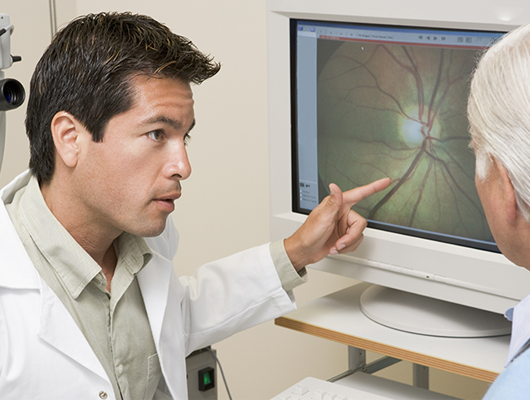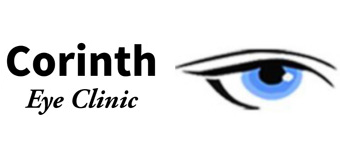Dry Eye Treatment

Dry eye disease in Corinth, MS, affects 16 million Americans, and the condition can develop for various reasons. Many people spend eight hours a day on a computer in the modern working environment. They go home and scroll on their phones or watch television, making the problem of dry eyes even worse. Dry eye disease is very treatable. Our optometrists will determine the source of your dry eye disease and recommend the most appropriate type of treatment, which typically involves a combination of home remedies and artificial tears.
Symptoms and Risk Factors of Dry Eye Disease
You have three layers of tears that protect and cover the surface of your eyes. The film in your tears makes it possible for you to see clearly and keeps your eyes comfortable in most situations. The bottom line with dry eye disease is that it develops when your tears evaporate too fast, your eyes fail to make enough tears, or both. The most common symptoms of dry eye disease include:
- Blurry vision
- Burning
- Itching
- Mucus discharge
- New or worsening light sensitivity
- Stinging sensation
- Watery eyes
Perhaps you are wondering how watery eyes can be a symptom of dry eye disease. The problem starts when your meibomian glands fail to produce enough oil to protect your tear film’s outer layer. The middle layer of your tear film begins to evaporate too fast, so your lacrimal glands compensate by producing more watery tears. Unfortunately, this does not stop the problem of watery eyes.
One of the leading causes of dry eye disease is spending hours each day looking at any type of screen. Below are several other risk factors that you should familiarize yourself with if you think you may have this condition.
- Lifestyle and environmental factors include screen time, smoking status, allergies, and weather conditions.
- Medical conditions, particularly those related to autoimmune, endocrine, other eye conditions, and neurological conditions.
- Past surgeries, especially cornea surgery and LASIK.
- Taking certain medications, especially those used to treat depression, diabetes, allergies, high blood pressure, menopause, glaucoma, acne, and chronic pain. Oral contraceptives may also increase your risk of developing dry eye disease.
Although you cannot control every risk factor associated with dry eye disease, we encourage you to stop smoking, reduce screen time, and talk to your doctor about your chronic health conditions and the medications you use to treat them.
Diagnosing and Treating Dry Eye Disease
Our optometrist will first ask you several questions about your medical history when you seek relief from your dry eye condition. For example, do you have a history of other eye diseases? Have you ever experienced trauma to the eye? Do you smoke, or are you frequently around people who smoke? These are just some of the questions you can expect your optometrist to ask to understand better the best ways to help you.
Next, you will undergo an eye exam where your provider uses several optometric tools to understand whether your eyes are healthy or not. Your optometrist will check the three layers of tears on each eye and perform several other tests. You may receive recommendations to use a humidifier at home, avoid environmental triggers, and other home remedies. The eye doctor working with you will also recommend solutions like the daily use of artificial tears.
Dry eye disease in Corinth, MS, can be uncomfortable, but you don’t have to live with it. Please contact us today to request an exam.


